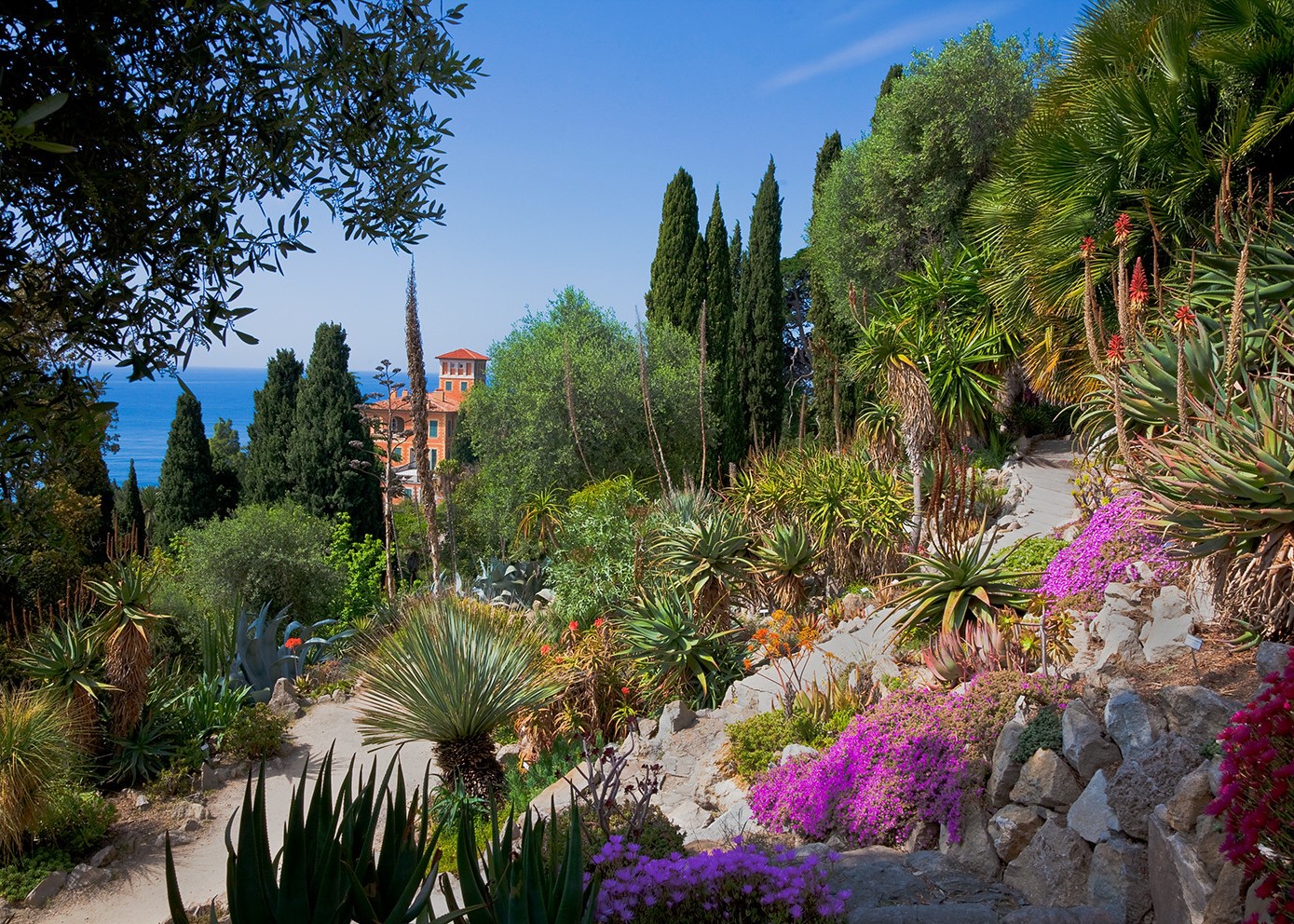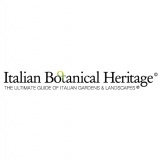
 Italian Botanical Heritage
Italian Botanical Heritage
Italian gardens and parks: Hanbury Botanical Gardens
- WTI Magazine #155 Sep 24, 2022
-

 Italian Botanical Heritage
Italian Botanical Heritage
The Hanbury Botanical Gardens stand on the Mortola promontory on the Ligurian coast, a few kilometers from the French border. They occupy an area of 18 hectares, included in the municipal territory of Ventimiglia, Mortola locality, in the province of Imperia.
The landscape appearance is typically English, with irregular paths and romantic rustic pergolas and patios, with the picturesque view of the sea in the background. The property has an enormous richness of microclimates derived from diversity of exposure to light and winds, differing acclivity and wet conditions.
The two Hanbury brothers their valuable collaborator knew how to make the most of them, recognizing the most favorable conditions for the growth of the plants they wished to cultivate. The gardens were, in fact, created beginning in 1867 thanks to the passion of English traveler Sir Thomas Hanbury, who made his fortune as a tea exporter in Shanghai. Crucially involved in the transformation was his brother Daniel Hanbury, who provided the scientific basis for the planting of the acclimation garden, the dream the two gentlemen had cherished since their youth. Together, they redefined the paths, renovated Palazzo Orengo and the other buildings on the property.
Between the sea and the ancient Roman road, in addition to the old olive grove, they created a citrus grove, a vegetable garden and a rose garden, sheltered from the saltiness by a renovated boundary wall. On the gentle slope above the Roman road, they inserted an area of tropical plants, called the Australian Forest, and west and east of the villa they gave space to Mediterranean scrub species. Along the Sorba stream, they placed wetland species.
Over time these gardens went through periods of degradation, always followed by restoration by passionate and knowledgeable people who saved this botanical heritage.
The Superintendence bound the property, recognizing its architectural, landscape and cultural value, a constraint ratified by Law 1089 of 1939.
In 1987 the handover of the garden passed to the University of Genoa, which has been in charge of the scientific aspect of the complex ever since, while the architectural structures are entrusted to the Superintendence for Environmental and Architectural Heritage of Liguria.
The Plants
Among the most significant parts of the Villa Hanbury Gardens are the Australian Forest, consisting of eucalyptus trees, Callistemon spp., Melaleuca app., Acacia app.; the areas dedicated to succulent plants; the Fragrance Garden; the Giardinetti, where ancient varieties of roses and peonies grow; the Exotic Orchard; and the Citrus Groves, which collect ancient varieties of citrus.
The main collections cultivated at present include the genera: Acacia, Agave, Aloe, Brugmansia, Cistus, Citrus, Eucalyptus, Passionflower, Rose, Sage; the families: Bignoniaceae, Myrtaceae.